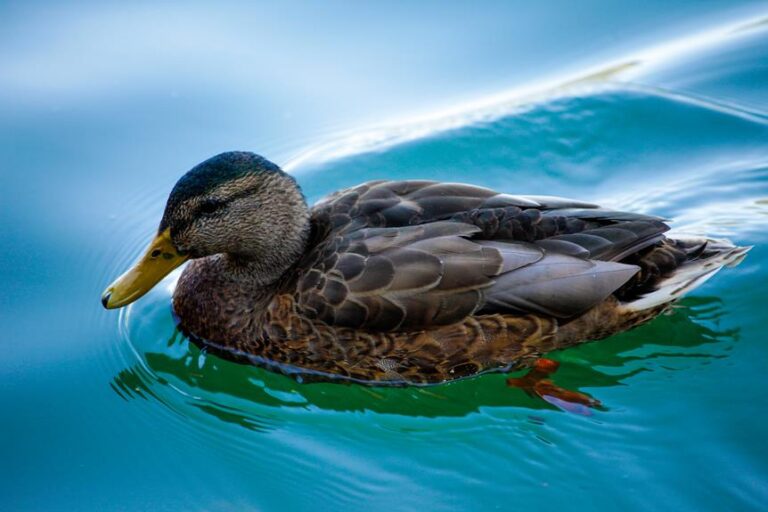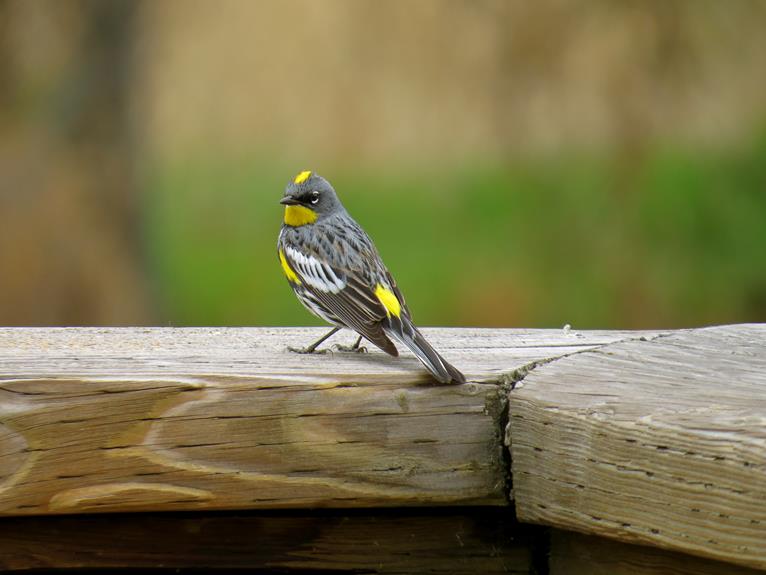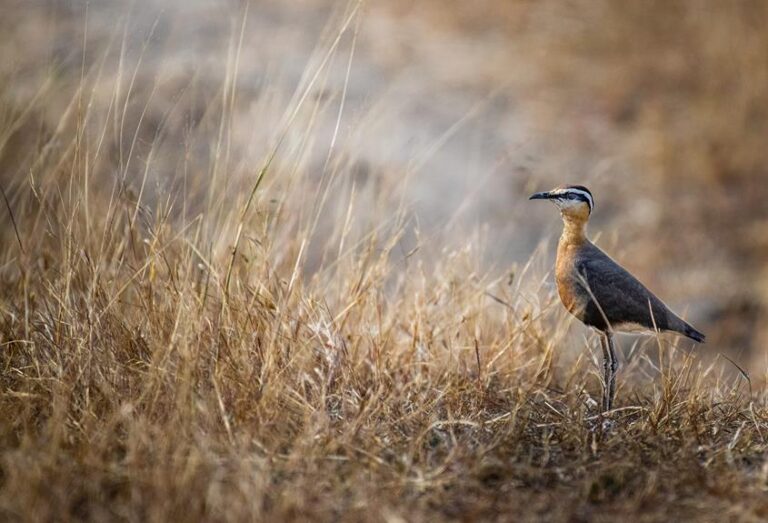Bird nesting behaviors are a captivating subject within the realm of avian life. Nests serve as crucial shelters for eggs and nestlings, providing indispensable protection against predators and the environment.
These structures vary in composition and location, with birds utilizing diverse materials such as twigs, leaves, feathers, and mud to construct their nests.
Understanding the seasonal nesting habits of birds is pivotal in comprehending their reproductive patterns.
This article aims to explore the complexities of avian nesting behaviors by investigating the question: do birds live in nests year-round?
Contents
Key Takeaways
- Some bird species use permanent nests year-round, while others use temporary nests based on seasonal needs.
- Permanent nests are continuously maintained and reused, providing a secure environment for young birds to thrive.
- Nesting choices are influenced by environmental factors such as suitable nesting sites, food sources, and water availability.
- Birds display diverse nesting strategies based on their habitats and adaptations, with some nesting on the ground, in tree holes, or in unusual locations like building eaves.
Understanding Bird Nesting Behaviors
The understanding of bird nesting behaviors provides valuable insight into their reproductive strategies and habitat preferences.
Bird nests serve as shelters for eggs and nestlings, varying in structure and location. They are built primarily for protection from predators and environmental elements, providing a secure environment for young birds to thrive. Nests are constructed using various materials such as twigs, leaves, feathers, and mud.
Seasonal nesting habits of birds also play a significant role, with spring being a peak nesting season for many species. Nesting activities change based on food availability and seasonal needs.
Some bird species utilize permanent nests year-round, while others construct temporary nests based on seasonal requirements.
Factors like available resources, predation risks, and nest site fidelity influence nesting choices. Overall, understanding bird nesting behaviors enhances our knowledge of their reproductive strategies and habitat preferences.
Seasonal Nesting Habits of Birds
Birds exhibit diverse nesting patterns throughout the year, influenced by seasonal changes and geographical factors.
Spring is a peak nesting season for many bird species, as it provides optimal conditions for breeding and raising young. During this time, birds construct elaborate nests using materials like twigs, leaves, and feathers.
Summer nesting patterns differ based on geographical locations and climate. Some bird species continue to build nests, while others may reuse existing nests or utilize temporary structures.
Fall and winter present unique challenges for nesting birds, with colder temperatures and limited food availability. Many birds migrate to warmer regions during these seasons, where they may find suitable nesting sites and resources.
Permanent Vs. Temporary Nests
There are distinct differences between permanent and temporary nests used by various bird species.
Permanent nests are continuously maintained and reused by bird species such as raptors and some songbirds. These nests serve as a long-term shelter for raising multiple broods and are often built in sturdy structures like tree branches or cliffs.
Temporary nests, on the other hand, are commonly observed among waterfowl and migratory species. These nests are constructed based on seasonal needs and are typically built in more temporary locations like marshes or wetlands.
Temporary nests are used for a single breeding season and are not maintained or reused in subsequent years.
These variations in nest types reflect the adaptability of birds to their specific habitats and reproductive strategies.
Factors Influencing Nesting Choices
Factors such as environmental conditions and resource availability greatly influence the nesting choices of bird species.
Birds select their nesting sites based on various factors to ensure the survival and success of their offspring. The table below provides a summary of the key factors that influence nesting choices:
| Factors | Description | Examples |
|---|---|---|
| Nesting Sites | Birds choose locations that provide protection from predators and environmental elements. | Trees, shrubs, cliffs, burrows |
| Food Sources | The availability of food near the nesting site is crucial for the survival and growth of nestlings. | Insects, seeds, nectar, fish |
| Water | Birds may select nesting sites close to water sources to facilitate feeding and hydration of their young. | Ponds, lakes, rivers, wetlands |
| Predation Risk | Nesting choices are influenced by the risk of predation. Birds prefer secluded locations to protect their nests. | Dense vegetation, remote areas, high nesting platforms |
Unique Nesting Strategies
One common strategy employed by bird species is the utilization of unique nesting techniques based on their specific habitats and adaptations. This allows them to maximize their chances of survival and reproductive success.
Here are three examples of unique nesting strategies observed in different bird species:
- Ground-nesting: Some birds, such as shorebirds and certain songbirds, build shallow depressions on the ground for their nests. These nests are often lined with grass, leaves, or feathers to provide insulation and camouflage.
- Cavity-nesting: Species like woodpeckers, owls, and bluebirds make use of tree holes or cavities for nesting. They may excavate their own cavities or use existing ones. These nests provide protection from predators and harsh weather conditions.
- Unusual nesting locations: Certain birds, like the Common Swift, have adapted to nesting in unusual locations such as building eaves or crevices. This strategy allows them to take advantage of man-made structures for shelter and protection.
These unique nesting strategies highlight the remarkable diversity and adaptability of birds in their quest for successful reproduction.
Nesting Habits and Predation Risks
Nesting in birds is influenced by predation risks and involves careful selection of suitable nesting sites and protective measures.
Predation is a major threat to nesting birds, and they have evolved various strategies to minimize the risks. One common strategy is to choose secluded locations that are hidden from predators. This can include dense vegetation or elevated areas that are difficult for predators to access.
Birds also employ camouflage techniques, such as building nests that blend in with their surroundings or using materials that match their environment. Some species even build multiple nests as a form of decoy to confuse potential predators.
Additionally, birds may exhibit behaviors like nest defense, where they actively defend their nests against predators.
Impact of Environmental Factors on Nesting
The influence of environmental factors on bird nesting is significant, as it shapes the selection of suitable nesting sites and protective measures to ensure successful reproduction and offspring survival.
Birds are highly adapted to their specific habitats and therefore are influenced by factors such as temperature, precipitation, vegetation, and availability of food sources.
Temperature: Birds select nesting locations that provide optimal temperature conditions for egg incubation and nestling growth.
Vegetation: The type and density of vegetation in an area can determine the suitability of a nesting site, as it affects camouflage from predators and provides structural support for nests.
Predation: Birds choose nesting sites that offer protection from predators, such as dense shrubs or high tree branches.
Understanding the impact of environmental factors on bird nesting is crucial for conservation efforts and improving habitat management practices to support successful reproduction and population stability.
Conclusion
In conclusion, bird nesting behaviors are complex and influenced by a variety of factors such as:
- Seasonal patterns
- Availability of resources
- Predation risks
- Environmental conditions
While some bird species utilize permanent nests year-round, others construct temporary nests based on their specific needs. Birds display diverse nesting strategies, adapting to their habitats and exhibiting unique behaviors.
Understanding these nesting habits is crucial in comprehending avian reproductive patterns and contributing to our overall knowledge of bird biology.






